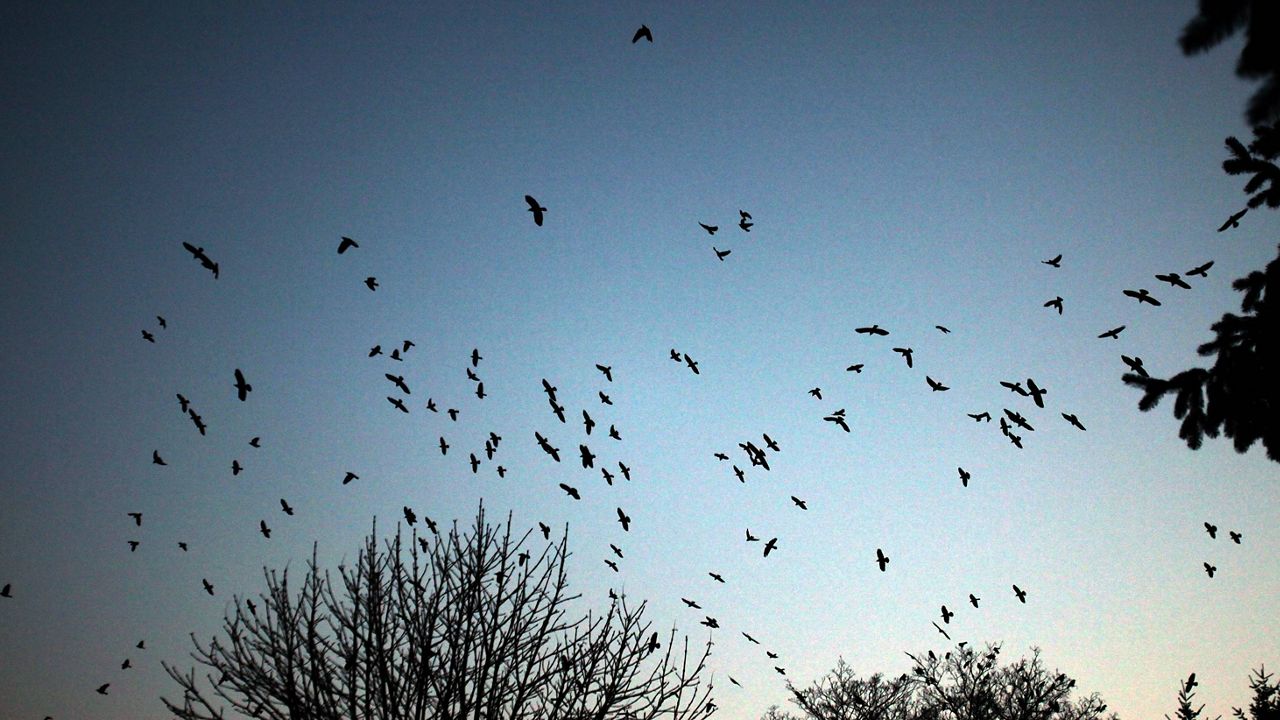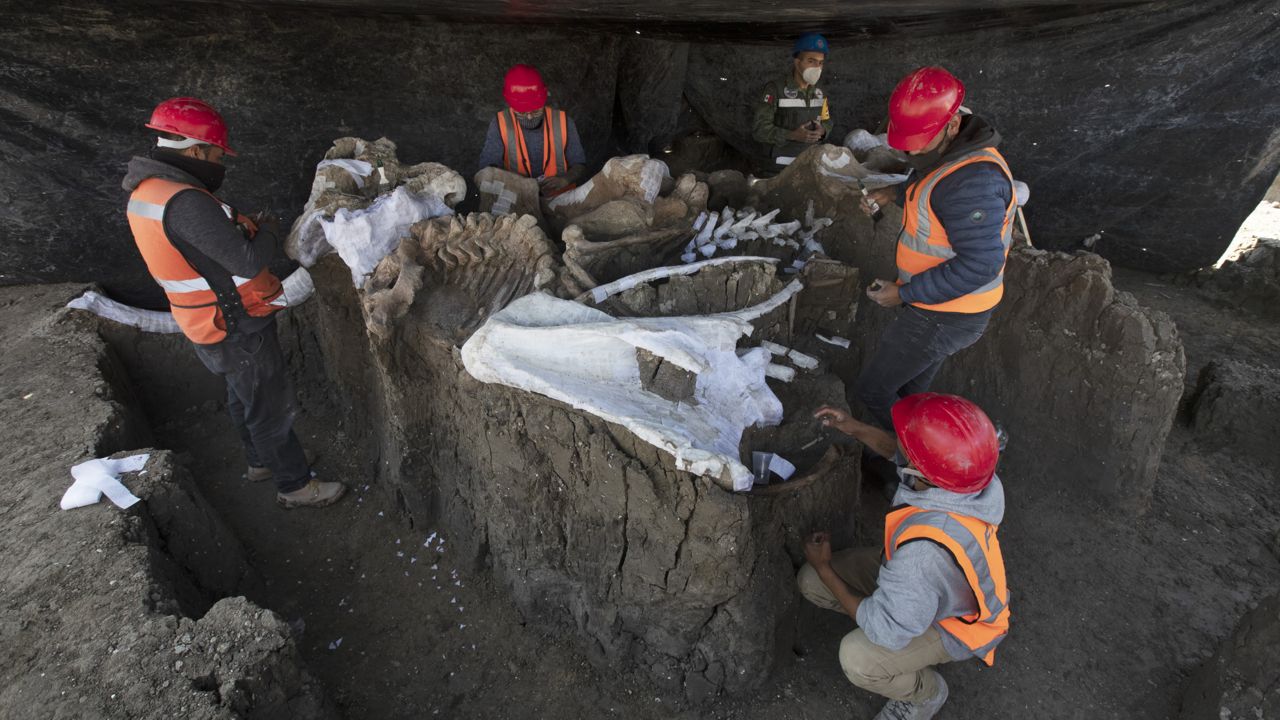ALBUQUERQUE — An alarming number of migratory birds are mysteriously dying in New Mexico.
“It is terribly frightening,” Martha Desmond, a professor at New Mexico State University’s department of fish, wildlife and conservation ecology, told the Albuquerque Journal. “We’ve never seen anything like this. … We’re losing probably hundreds of thousands, if not millions, of migratory birds.”
People are finding dead birds on hiking trails, on missile ranges, in driveways, on golf courses and in other locations. The species of birds being found include warblers, sparrows, swallows, blackbirds, flycatchers, and the Western wood pewee. Some of the the species had already been experiencing troubling population declines, Desmond said.
Dead birds are also being found in southern Colorado and west Texas.
Biologists are scrambling to find out why. Among the theories they’re exploring is whether the West Coast wildfires are to blame.
“They may have been pushed out before they were ready to migrate,” Desmond told the Albuquerque newspaper. “They have to put on a certain amount of fat for them to be able to survive the migration.”
The birds might have also inhaled toxins from the fires.
Scientists are also looking into whether a recent cold front in New Mexico or droughts that have decimated the insection population — a source of food for the birds — are factors.
Austin Fisher, an independent journalist in northern New Mexico, posted a video Sunday on Twitter of what he said were more than 200 dead birds he found while on a tubing trip.
And Trish Cutler, a wildlife biologist at the White Sands Missile Range, told KOB-TV in Albuquerque, that fewer than a half dozen dead migratory birds are reported there in a typical week, but last week there were a couple of hundred.
“So that really got our attention,” she said.
Resident birds of the area do not appear to be affected, Cutler said.








